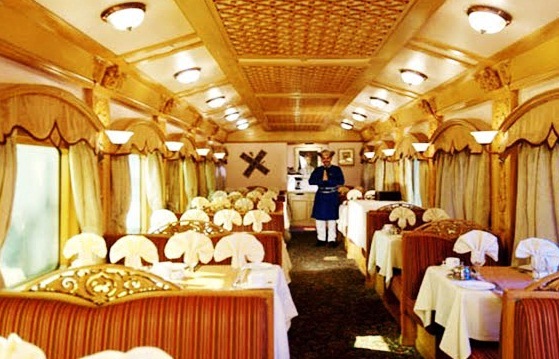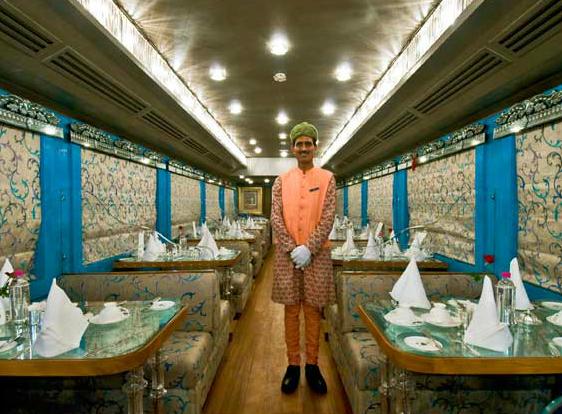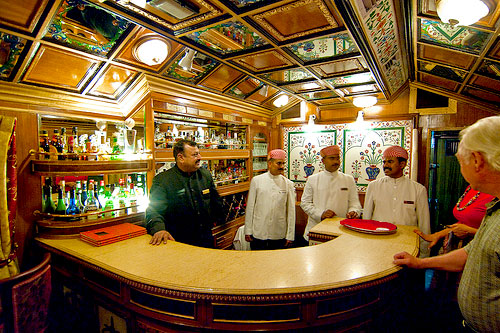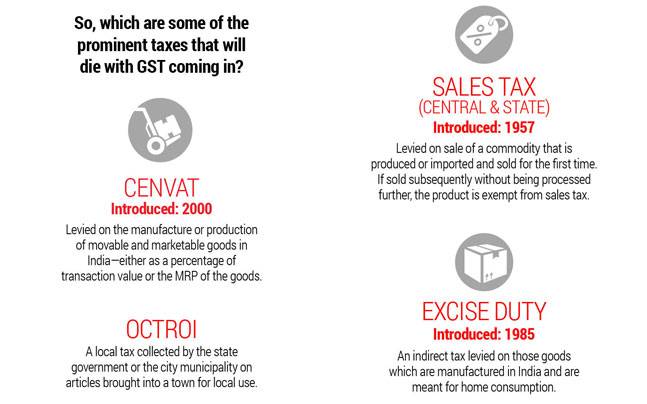The Longest Train in India
A multimedia journey on the Kanyakumari Express
Ed Hanley
If all journeys are teachers, it may well be that a journey to India is the greatest teacher of all. As Kurt Vonnegut said, ‘Bizarre travel plans are dancing lessons from God’, and it was in search of a new dance that I purchased a one-way ticket on the longest train in India.
Indian Railways train #15906, the Dibrugarh-Kanyakumari Vivek Express, travels 4,273km as it winds its way from the north-eastern corner of Assam to the southernmost tip of mainland India, an 85-hour journey which gives it the prestigious title of the longest train in India, by both time
and distance. It departs Dibrugarh at 10:45pm on Saturday and arrives in Kanyakumari at around 11am Wednesday, three days and 4 nights. The first part of the journey is in darkness, and making your bed and meeting your neighbours are the only activities. When the sun rises, the lovely hill station of Diphu, Assam slides by, shrouded in a light fog.
The train itself is 21 cars long, and fully loaded, carries over 1800 people, 3 or 4 times the capacity of a modern jetliner, or perhaps equal to the population of a small town. There are 4 classes of accommodation on the train: 2 and 3 tier AC (two or three levels of bunks), sleeper (also 3 tier, but no air conditioning) and unreserved (floor to ad hoc hammock... anything goes). There is also a pantry car with a kitchen, and various luggage and specialty cars, plus an electric locomotive.
Bathroom facilities are a bit grim, and you can forget about a proper shower. Tip: pack baby-wipes and hand sanitizer.
That sinking feeling...
The conductor verifies my ticket, and I quiz him for trivia. He searches through the jumbled mass of loose paper in his lap, and it turns out I’m the only person doing the entire 4,273km trip, passengers
or staff. I’m haunting #15906 on this run.
So, what is there to do for 85 hours on a train? No shortage of things, it turns out, especially shopping.
The train is plied by vendors and vagabonds of all kinds, at all hours. You can buy bracelets, batteries, or donate to a beggar, procure wristwatches, wicker-ware, a new wallet or mouthwash, invest in a cellphone, a bedsheet, a comb or a set of headphones, and purchase food ranging from bananas to biryani, eggs hardboiled or omelette-ized, idli, vada, tomato soup, water or chocolate, soft drinks (but no booze) and one hundred varieties of
chaat...a cornucopia of snacks. The train is a rolling street market, complete with the odd acrobatic act tumbling deftly down the aisle, and occasionally punctuated by the two sharp claps of a
hijra making her way through the coaches collecting alms.
But, most importantly, you can buy little cups of chai.
Tea number...uh...twenty-something...
Tea is ritual in India, and doing garam garam chai shots on the train & platforms is a vital part of the experience. I was determined to track my chai consumption, but lost count in a caffeinated delirium about 48 hours in.
Tip: a wallet full of 10 rupee notes is necessary preparation for adequate caffeination.
A snacks vendor prepares for a rolling disembarkation near Asansol, West Bengal. He made it look easy, but stepping off a moving train in flip-flops onto coarse gravel while balancing a tub of cookies on your shoulder is an art, without a doubt.



















